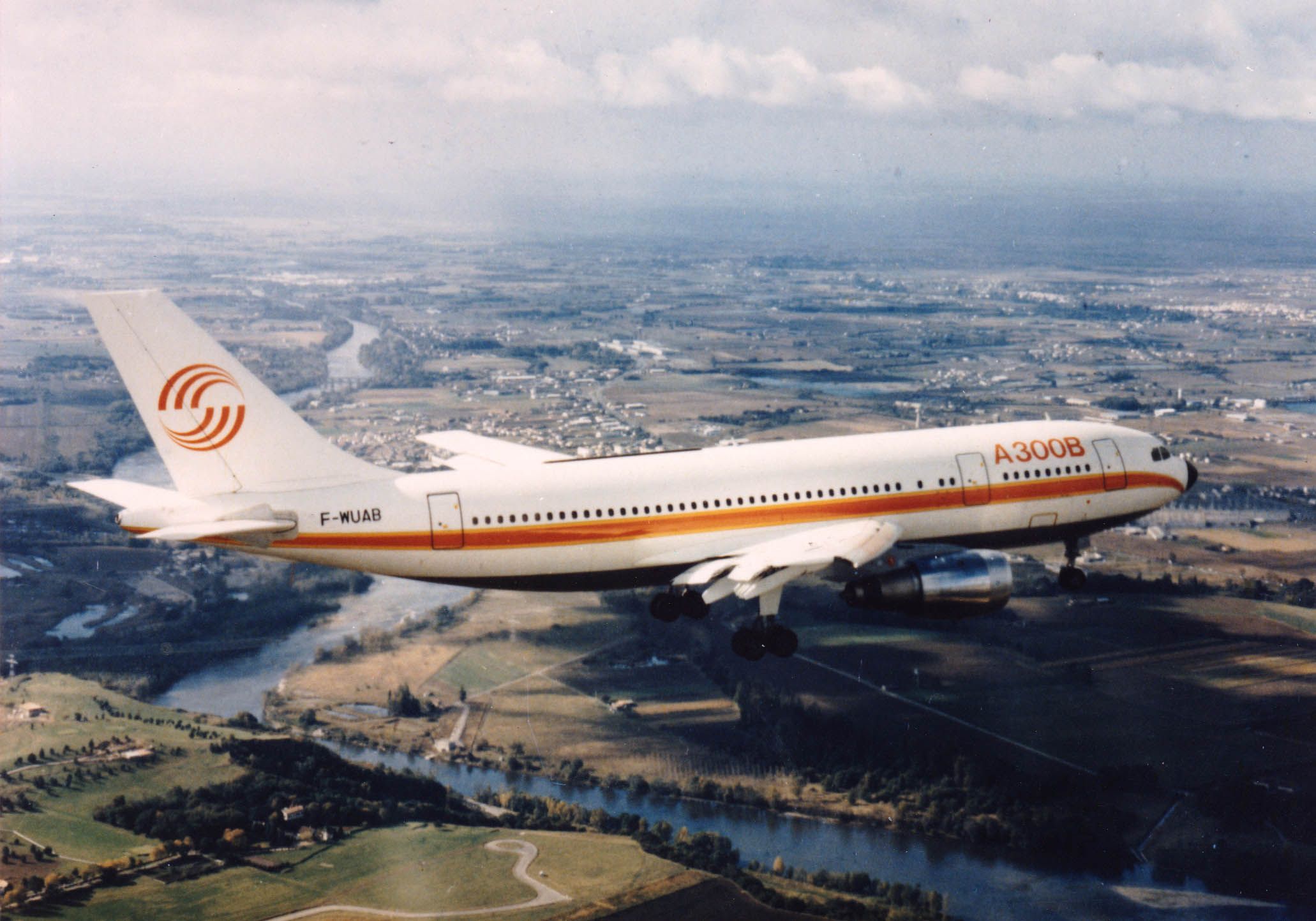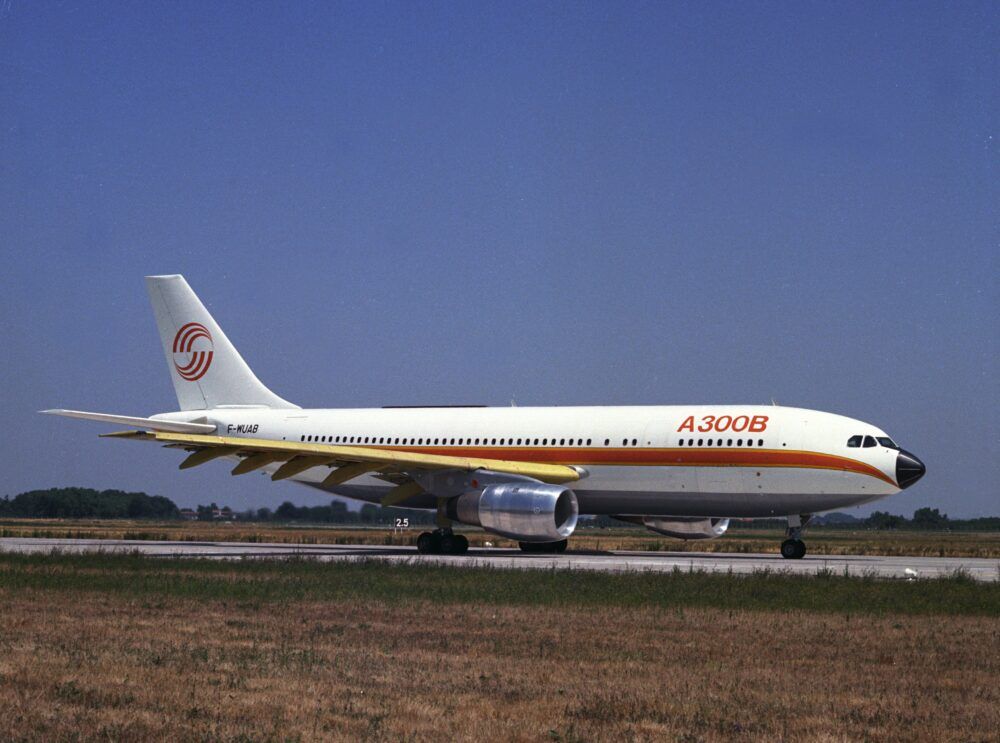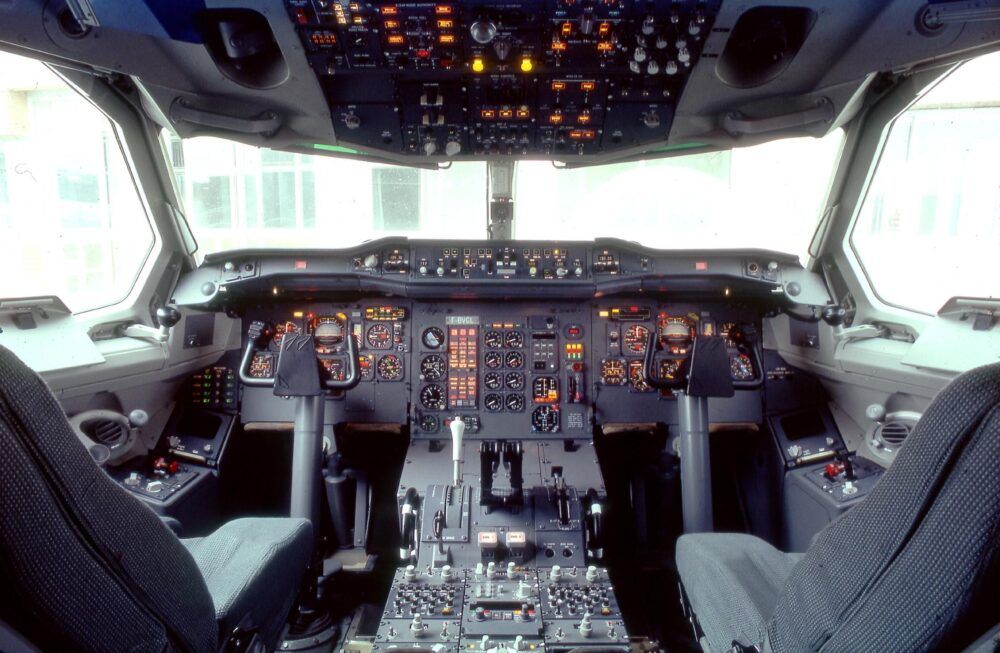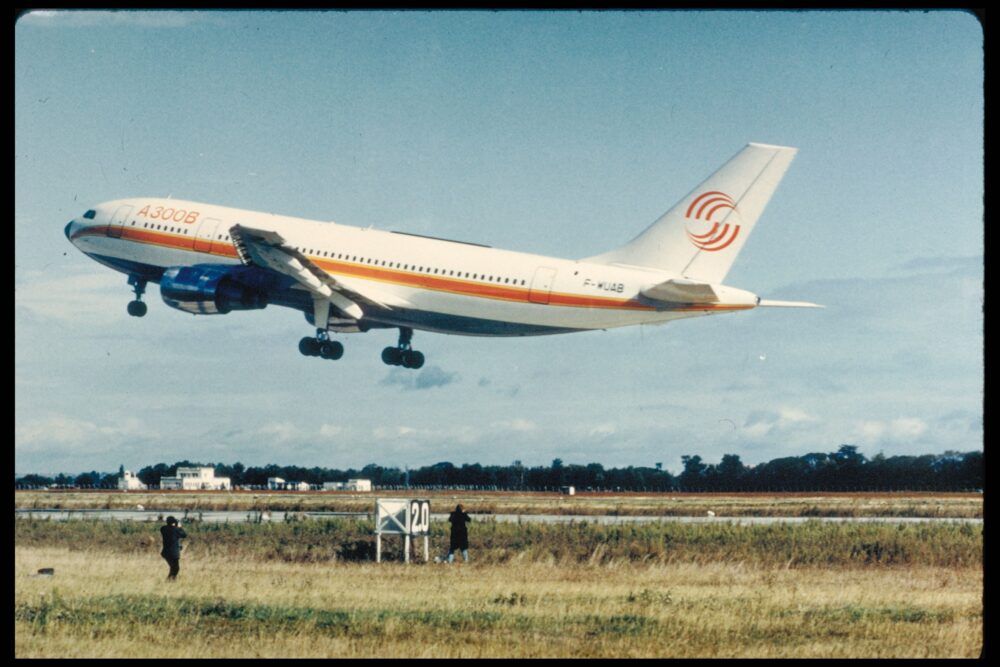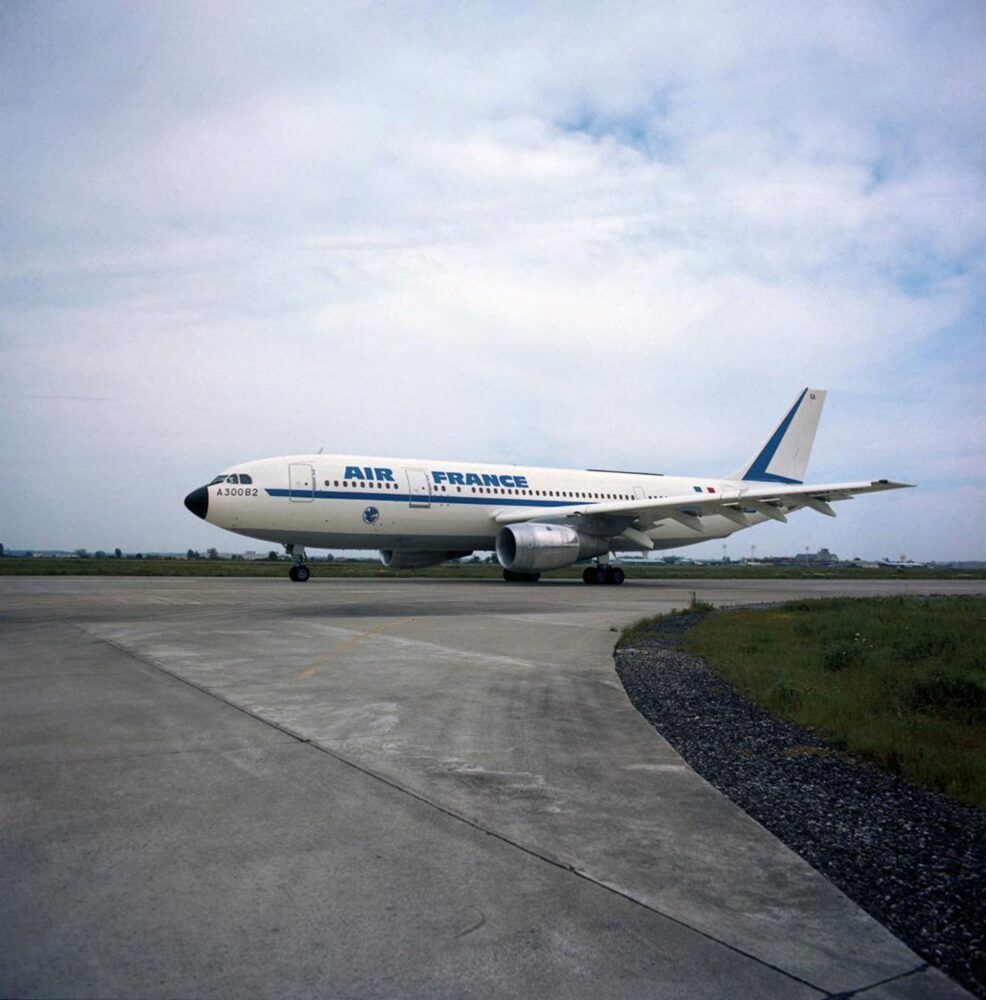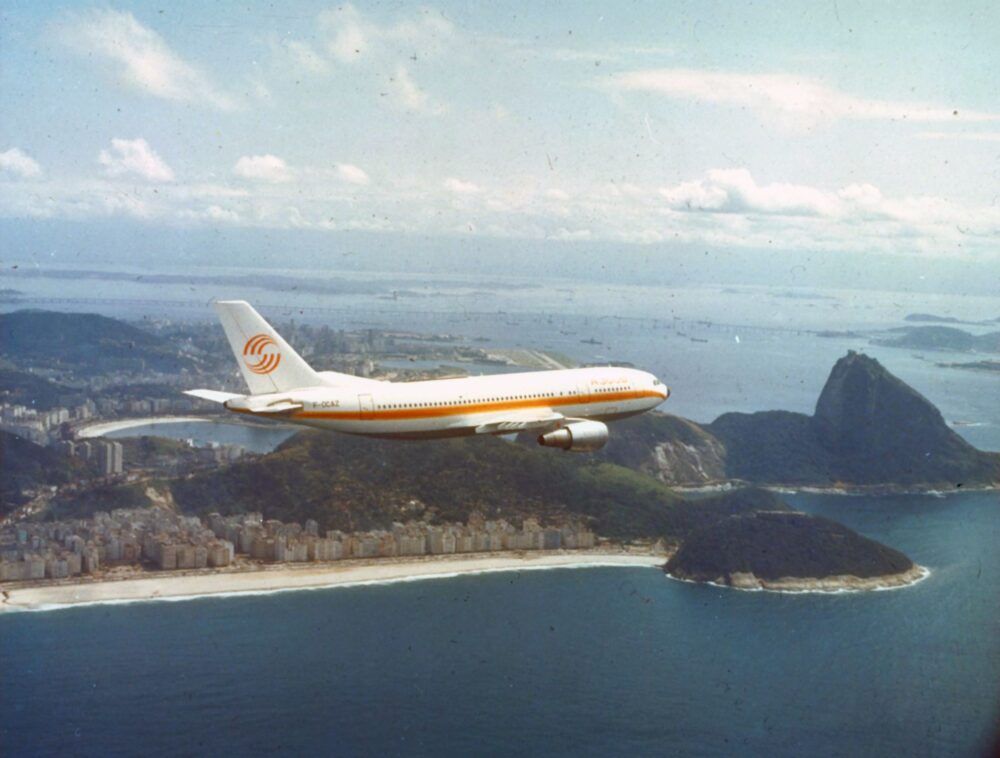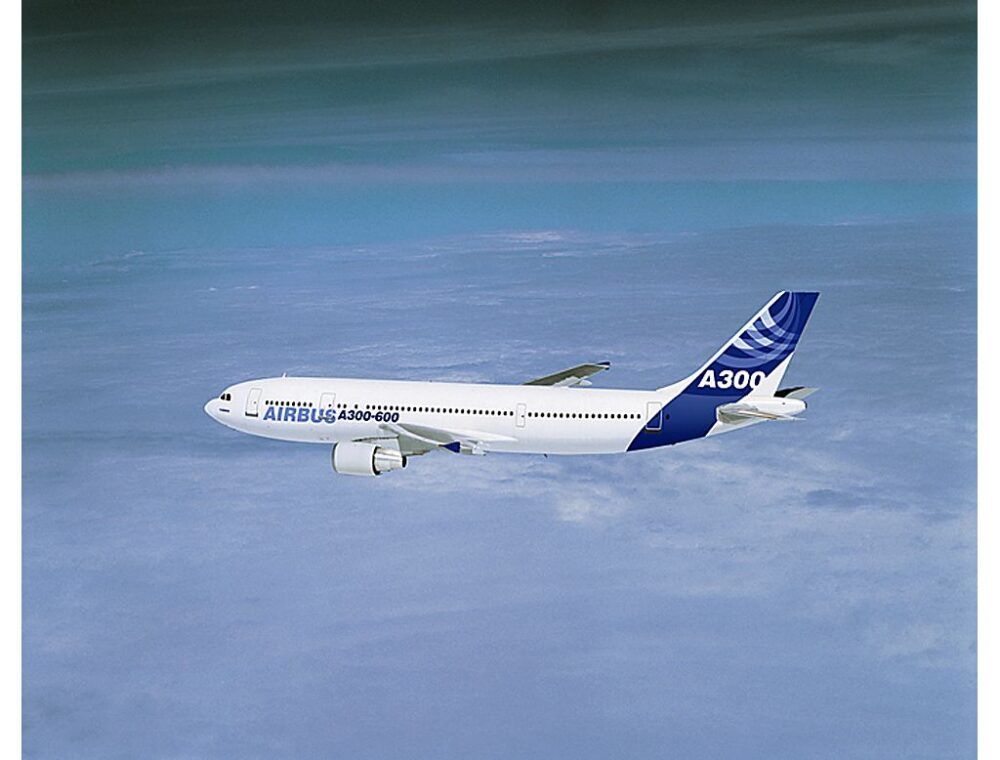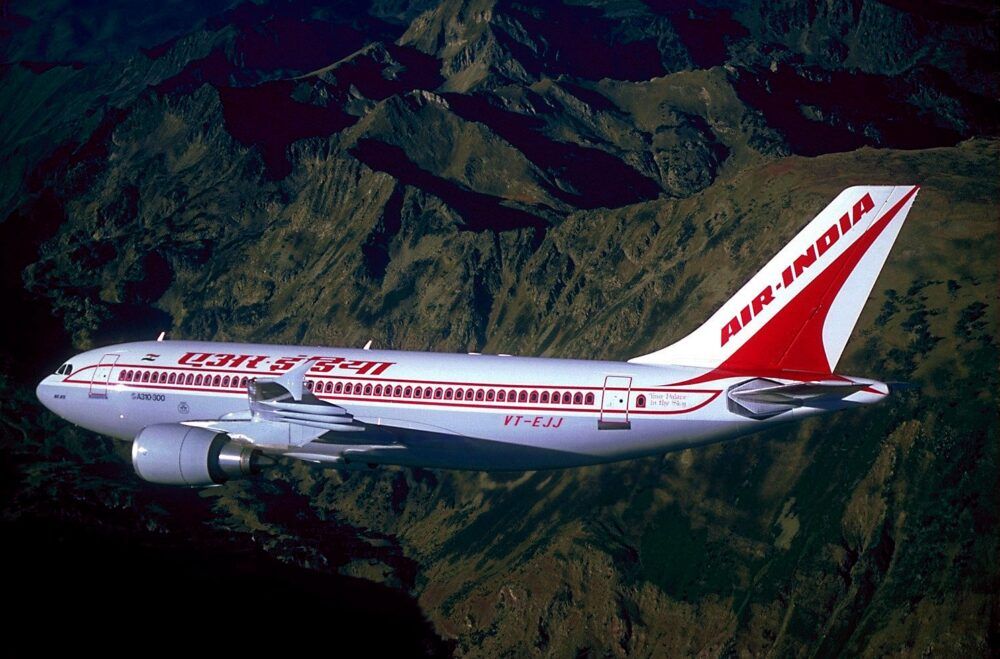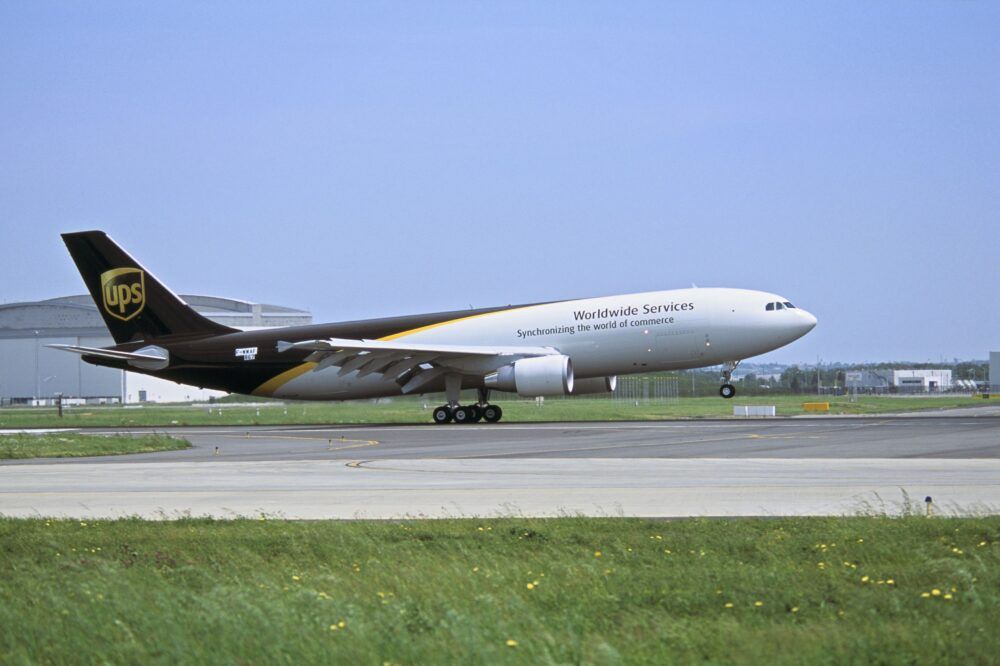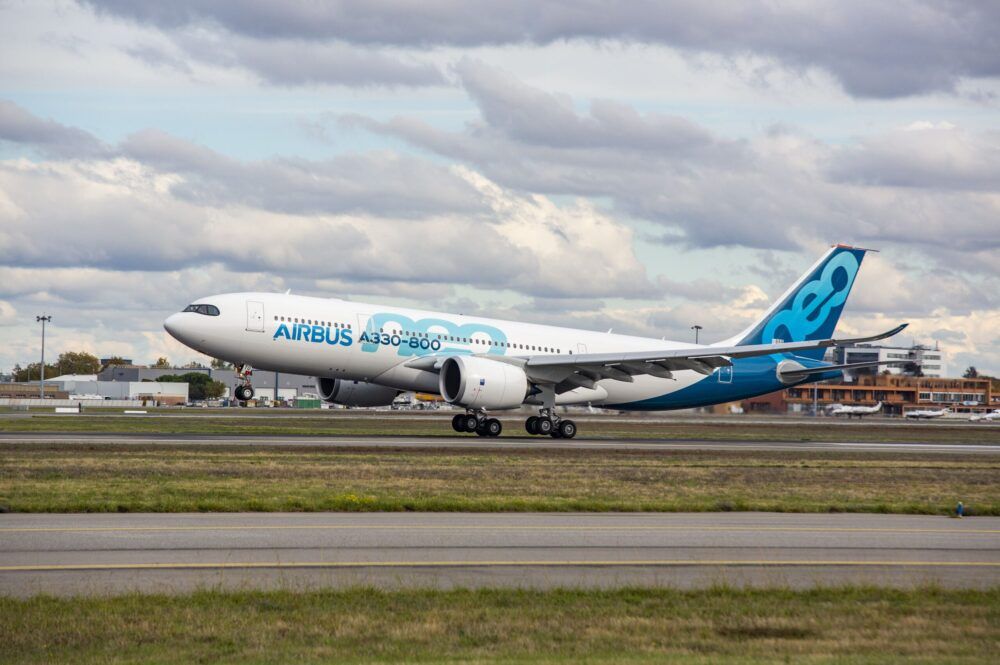As Boeing weighs a future middle-of-the-market airplane commonly dubbed the "797," few remember that Airbus actually built it back in the 1960s. It was called the Airbus A300, and though not a perfect correlation to the 797, it comes pretty close.
Getting to the Airbus A300
The Airbus A300 was a lot of firsts. It was the first jet aircraft designed and built by Airbus. It was also the world's first twinjet twin-aisle airliner. Built from 1972 all the way up to 2007, the A300 was a marvelous aircraft that carved its role in the sky and competed against a plethora of aircraft.
The story of why the A300 exists is the same as why we have Airbus today. In the 1960s, several aircraft companies operating in Europe, from the British Aircraft Corporation (BAC) to Sud Aviation of France.
Throughout the 1960s, airlines were looking at building new aircraft. Sud Aviation was considering a 200-seater widebody called the "Galion," while BAC talked about a similar-sized BAC 2-11. Another British company, Hawker Siddeley Aviation, considered a twin-engine stretch of the Trident. Another venture between Nord Aviation, Breguet, and Hawker Siddeley considered a widebody called the HBN 100. There was just one problem with this.
Stay informed: Sign up for our daily aviation news digest.
The manufacturers soon realized that if all of these aircraft came to market, they would not sell enough to be viable. The planes were relatively similar, but there was not enough demand to justify three, four, or five different models of the same type from Europe alone. So then, the idea was for the planemakers to join forces against the Americans, who held over 80% of the world market at the time.
Building the Airbus A300
And join forces they did, in 1967. Ministers from France, Germany, and Britain came together and agreed "for the joint development and production of an airbus." The reason was to strengthen European cooperation in aviation while also growing the continent's position in the field. An 'airbus' was the generally accepted term for commercial aircraft at the time and easily translated between all the member nations. In essence, it referred to an aircraft that flies a lot of people a relatively short distance.
So, in 1967, French engineer Roger Béteille was appointed the technical director of the A300 program. Henri Ziegler, president of Sud Aviation, became general manager of what would become Airbus Industrie, and Franz-Josef Strauss, a German political, became the chairman of the supervisory board. Airbus refers to these men as the "fathers" of the company.
Cooperation, however, was not necessarily all-new in Europe. The British and French had previously partnered to build the supersonic Concorde, though that aircraft was not the "savior of the European aircraft industry" that the continent needed. The A300 would start to take that role.
Designing the Airbus A300
After the A300 program was officially launched in 1969, Airbus started off at the verge of disaster. Major European airlines were unsure if they wanted a 300-seater aircraft, so Béteille and a small team scaled down the A300 to a 250-seat aircraft with a range of 1,200 nautical miles (2,222 km). In 1969, at Le Bourget, Airbus launched the A300B, a twinjet aircraft powered by existing engines in the market. In a two-class layout, Airbus expected the aircraft to carry up to 226 passengers.
Béteille, however, did not give up. He visited airlines ranging from Air France and Lufthansa to United, TWA, and American to get a sense of what the plane should be like.
The A300 needed to be economical, so Airbus turned to composites, and the plane was the first type to feature composites on a passenger aircraft. The leading and trailing edges on the tail fin were made from glass fiber reinforced plastic, as was the radome.
The A300B1, however, became the A300B2 as Air France needed a plane that could get to 270 seats. Airbus created it, and Air France signed a letter of intent in 1970 to take six A300s.
That was not all for the plane. Airbus hauled it around on a six-week journey across North and South America, showing off to airlines across the Americas and beyond with stops in Sao Paulo, Florida, Mexico, and Chicago.
With Korean Airlines, Airbus began looking at an A300B4, and the airline signed a contract to buy four of the type. This would be a longer-range version of the A300.
The orders in the 1970s kept pouring in with Indian Airlines took three A300s with three options, South African Airways ordered four plus four options, Air Inter took three, Thai Airways took two, and Airbus kept refining the aircraft.
In the late 1970s, after the A300B4 became ETOPS-compliant, Eastern Airlines took 23 A300B4s after testing out four of them for six months.
The A300-600
The most recent-produced A300 aircraft for passengers was the A300-600. This jet, typically seating between 210 and 250 passengers in a three-class layout, had a range of 7,500 km or 4,050 nm, which came to the market in 1988.
Naturally, it would be not very reasonable to compare the Airbus A300, an almost 50-year-old aircraft, to a concept machine that has yet to be announced.
But if we were to stack them back to back:
The Boeing 797 will seat around 225-275 passengers and fly around 5,000 nautical miles with a twin-aisle configuration.
The A300 seats 266 passengers and flies around 4,000 nautical miles. With a bit of suspension of disbelief and modern technology, an updated A300neo could easily match the Boeing aircraft. Plus, Airbus also had the A310 seating around 190-230 passengers on the smaller end of the market.
So, if Airbus already has the aircraft that airlines are calling out for... why is Boeing building it?
Why airlines don't use the A300 anymore
The last A300 was built in 2007. Specifically, the last freight A300 was built in 2007. The last passenger A300 was delivered in 2002.
Airbus would use the design of the A300 to develop improved versions for greater range and more capacity, such as the A330 and A340. With airlines seeking more passengers and range, many chose other bigger aircraft for long-haul missions and single-aisle twinjet aircraft such as the A320 and Boeing 737 for short-haul operations. The remaining A300s still flying were converted into freight transports.
It does raise an interesting question of why now airlines are now looking for something like the A300, and if there is a market for Airbus to bring it back. Airbus has said they expect the A300 will be flying until at least 2025, though mostly with freighter operations.
Now, Airbus is getting close to filling in some of these gaps. The A330-800neo can hit the 220-260 passenger segment, while the Airbus A321XLR can do up to 244 in a single-class layout, so about 180-210 in a multi-class layout. However, the A330-800neo just is not selling that well, which means Boeing has an opportunity to jump into the market, whether it will, however, remains to be seen.
What do you think? Should Airbus bring back the A300, or is the current lineup more than enough? Let us know in the comments!

